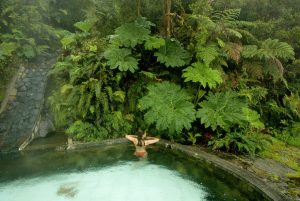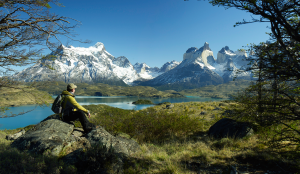Incredible astronomical spectacle! Enjoy the Solar in Chile
By: Chile Travel - 5 April, 2019
The date and venue of the appointment has been confirmed: On July 2nd nature will bestow upon Chile the special privilege of hosting the incredible Solar Eclipse like nowhere else on Earth, a spectacle out of this planet that will turn day into night.
This natural phenomenon is one of the most extraordinary incidents that a person can see, because the moon will move right in front of the sun, preventing the Earth from receiving sunlight in the middle of the afternoon. How fortunate that it will be happening in Chile where there’s one of the clearest skies in the world, making it the perfect setting to enjoy this unique moment!
It’s a once-in-a-lifetime spectacle that won’t happen again for another 146 years. So, for people today and given the particular conditions, seeing one of the rarest eclipses ever is “now or never”!
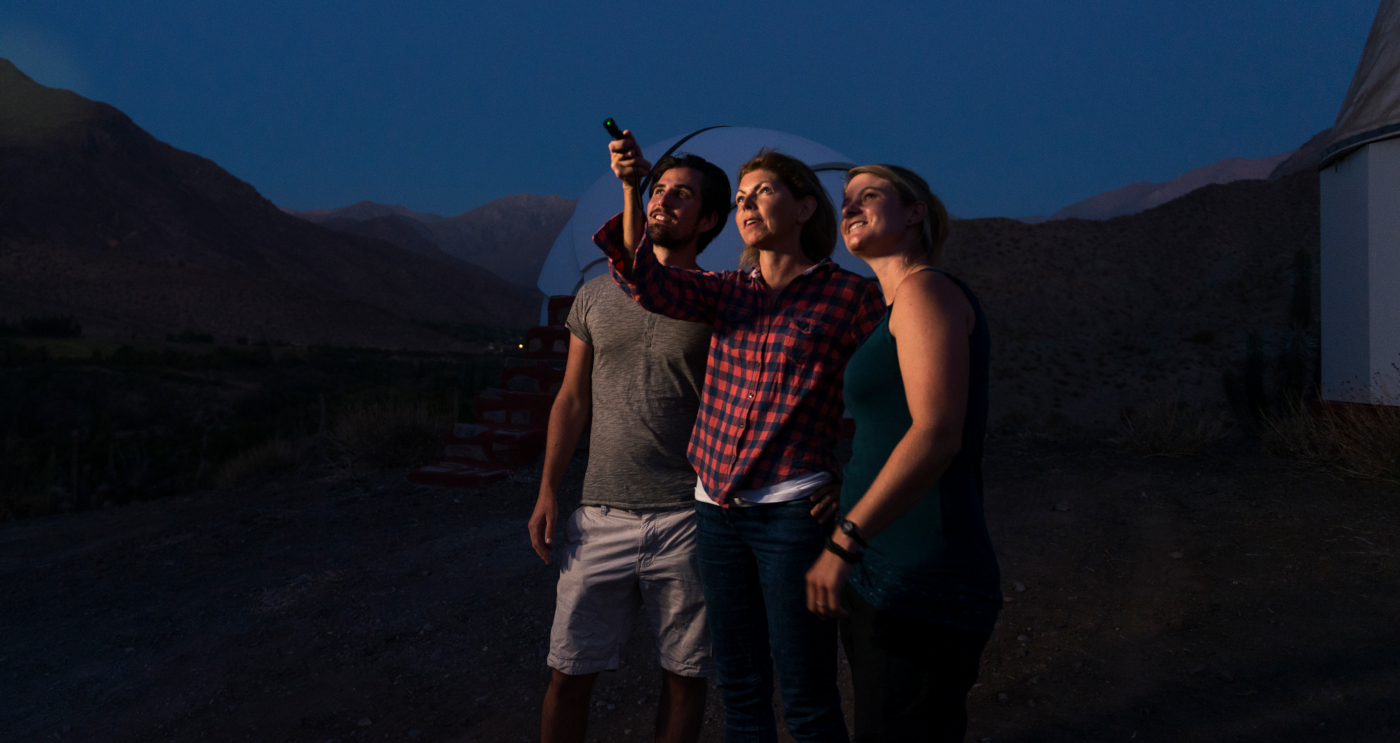
A NATURAL SPECTACLE
The last time a hybrid solar eclipse occurred over this part of the planet was 427 years ago and it won’t happen again until the year 2165. This astronomical show that will take place in Chile is truly a must-see!
Most solar eclipses are partial, that is, the shadow of the Earth only covers some of the sunlight. However, a series of special conditions must occur so all the elements are perfectly aligned and produce this kind of phenomenon which, thanks to Chile’s privileged skies for astronomy, we can enjoy big time!
Because of the positions of the Sun and the Moon only a small strip of the Earth will remain in darkness. The skies of northern Chile will be one of the very few privileged spots that will see the sun go 100% black, while the rest of Chile will be able to see it partially.
A MUST-SEE EVENT
A total solar eclipse happens when the moon’s visible diameter is greater than that of the Sun, blocking direct sunlight and turning the day into darkness.
In Chile, the solar eclipse taking place on July 2nd will be total only within a 200 km (124 mi) stretch of land and will move from west to east.
Experts agree that a total solar eclipse is one of the most amazing acts of nature. This is why the locations within the radius of the special occasion, like the destinations of Antofagasta and Coquimbo, are preparing to receive visitors who are coming from all over the world to witness and celebrate the phenomenon.
It’s not necessary to have a front-row seat to enjoy Chile’s astronomy, the sky and the sun are available to everyone who comes to northern Chile. In fact, Chile expects the arrival of over 350,000 tourists determined to enjoy the solar eclipse and nobody wants to miss this unique spectacle that will turn the day into night for about three minutes.
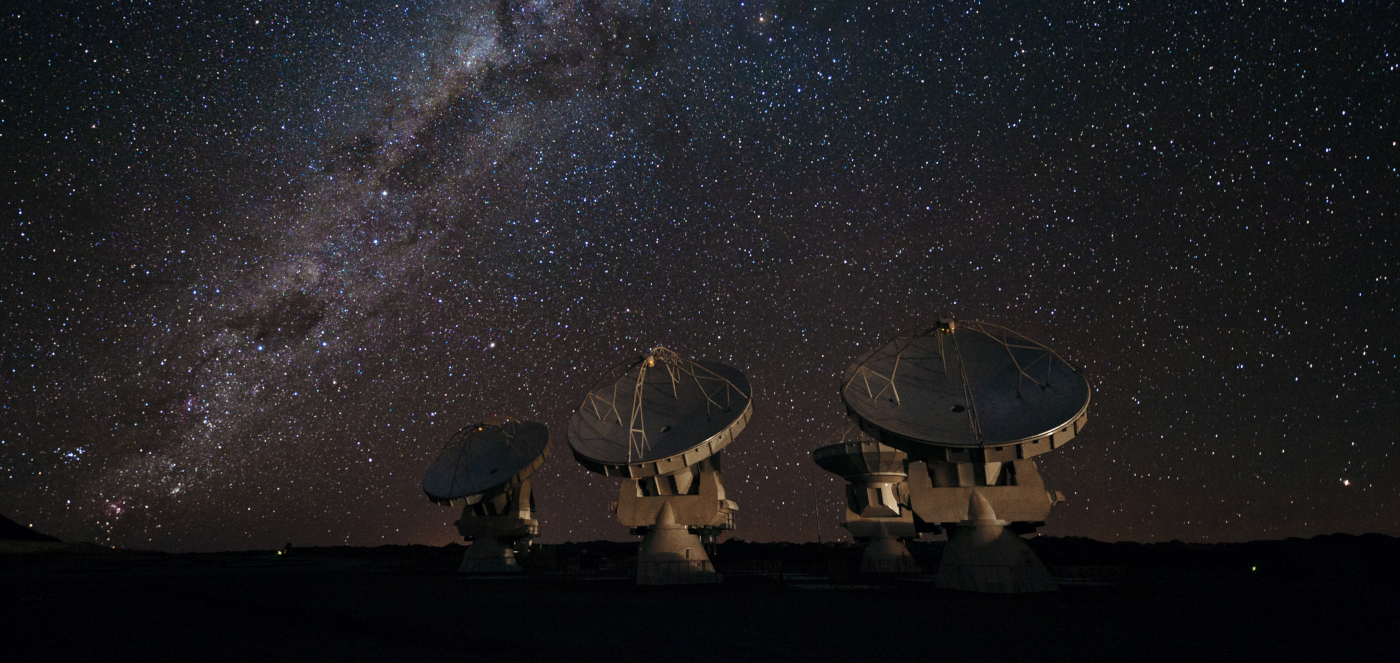
CHILE, A WINDOW INTO THE UNIVERSE
In 2017, it was publicly announced that Chile would be the world’s window pane for seeing this singular event. More specifically, it will take place in the valleys where the Atacama Desert starts and ends and where besides watching the long-awaited solar eclipse, visitors can delight themselves with a number of activities related to astronomy.
The solar eclipse will produce 100% darkness from Domeyko, a town in Atacama to Guanaqueros located 200 kms to the south.
The eclipse will also be visible in the rest of Chile’s territory, but only partially. In Arica, at the extreme north of Chile, there will be 65% darkness and in the southern tip of the country, 46%. Even on the island of Rapa Nui the shadow of the moon will cover part of the sun.
WHERE TO GO SEE IT
The Solar Eclipse on July 2 can be observed 100% within the areas of Atacama and Coquimbo, regions known internationally for having large telescopes on their hilltops. And that’s where you’ll have the best view of the moon completely covering the sun at about 4:39 p.m.
The towns and cities in Chile where the solar Eclipse will be over 96% are: Freirina, Vallenar and Alto del Carmen in Atacama, and in Coquimbo, Andacollo, La Serena, as well as Vicuña and Paihuano in Valle del Elqui will be the most privileged places.
It is expected that the visibility of the Solar Eclipse will reach 100% in the towns of La Higuera and Río Hurtado, thanks to their clear skies.
These destinations have a high capacity of servicing many tourists with all budget sizes, and in addition to being the epicenter of astro-tourism in Chile, they also have a diverse offer of services linked to gastronomy, wine tourism and leisure, especially, relaxation and alternative therapies at the numerous spa centers.
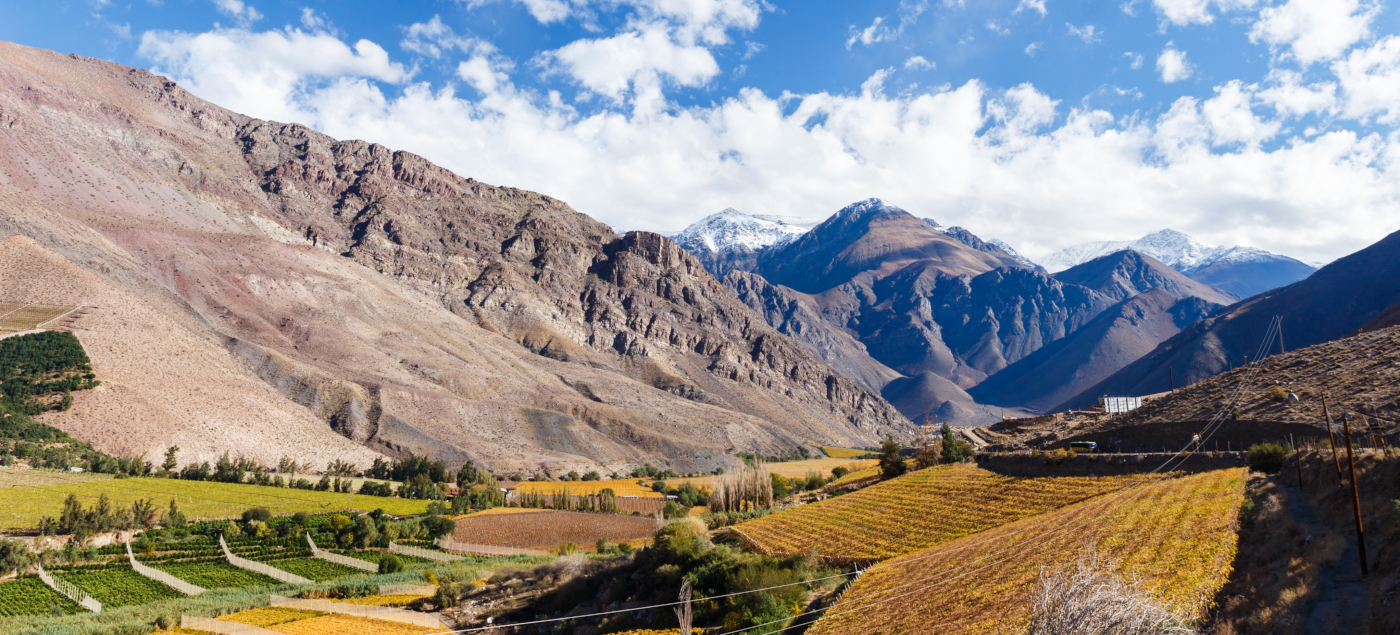
SATELLITE ACTIVITIES
Researchers, astronomy enthusiasts and the general public, fascinated by this unique event, will enjoy a great spectacle that will last beyond the minutes of the eclipse itself.
In all the places of northern Chile where this very anticipated natural phenomenon will be seen, a series of other activities will also be offered, such as lectures, symposiums, concerts and photography competitions.
Also on July 2, La Silla Observatory will be celebrating its 50th anniversary. This activity, organized by ESO (European Southern Observatory), will summon numerous experts and enthusiasts from all over the world. Not only will they be visiting the facilities of La Silla, they will also be broadcasting the Solar Eclipse live for some countries of the European Union.
Between June 30 and July 6, 2019, more than 300 astronomers from around the world will gather in the city of Copiapó for the meeting of the International Union of Professional Astronomers (IAU). It’s a gathering of true master minds in the driest desert in the world!
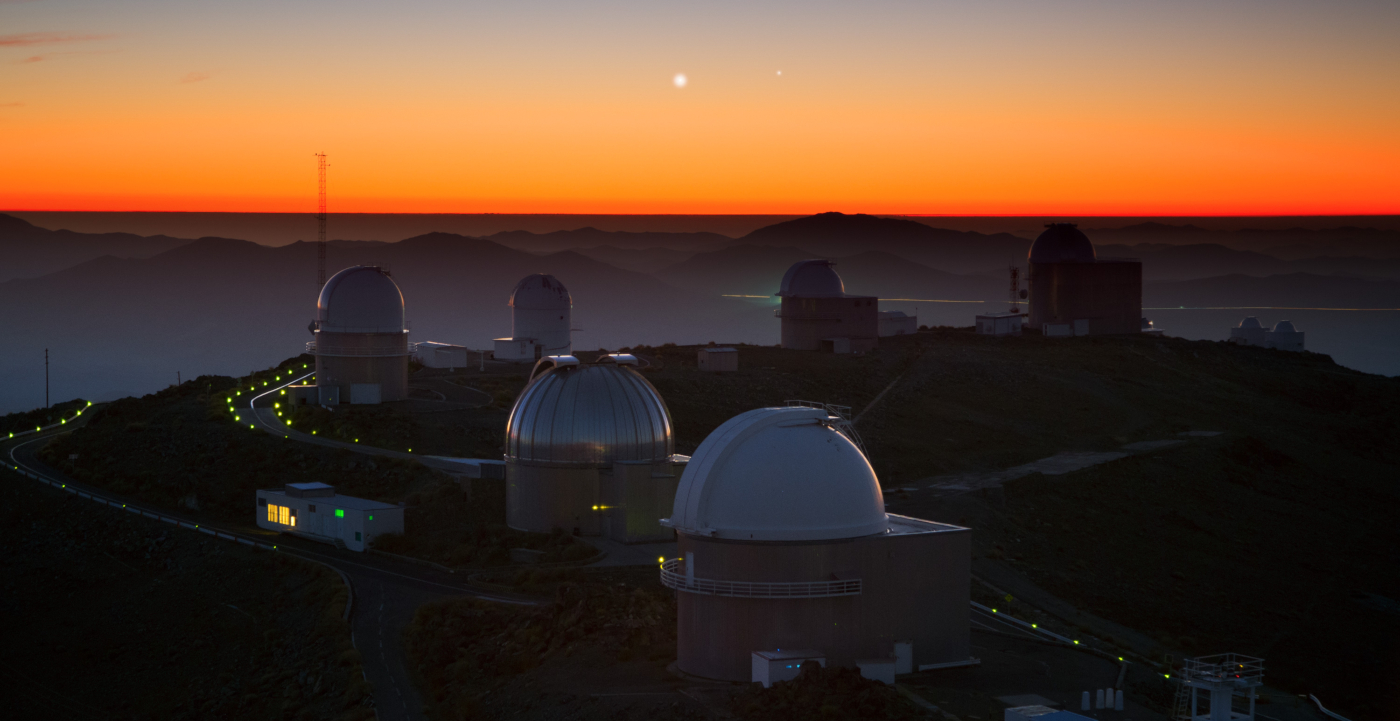
ASTRO-TOURISM
In the mystical valleys of northern Chile, the earth connects with the sky in a special way. Since the earliest times in Chile, astronomy has been part of the culture of the inhabitants of these lands. This deep connection was known by pre-Hispanic societies, such as the Diaguitas, who searched for the answers to their great dilemmas by reading the stars.
In recent years, Chile has become the “World Capital of Astronomy”, thanks to large investments made by foreign astronomical organizations. For that reason, it is expected that within the next 10 years, Chile will possess 70% of the world’s optical and infrared astronomical capacity and will be home to the largest telescope on Earth. Given that the atmospheric and climatic conditions are ideal for observing and discovering stars, planets and galaxies, it has made a significant contribution to science and astronomy. However, another objective is to take advantage of the skies and the knowledge of the experts so that everyone can learn about the mysteries and beauty of the cosmos.
This is how the region seeks to reinvent itself looking back to its origins, empowering its high-quality touristic offer, highlighting astro-tourism and promoting astronomical activities in Chile. Dozens of observatories, whether scientific, touristic or amateur, open their doors and teach about the fascinating world of the stars, constellations and the universe.
[youtube v=”rTky0r-lofM”]
PRECAUTIONS FOR VIEWING THE SOLAR ECLIPSE
To enjoy the most important astronomical event of the century, it is necessary to take a few precautions in order to protect your eyes and eyesight. Those who find themselves in one of the Chilean locations where the solar eclipse will be total, will be able to see the Moon completely block the Sun’s bright face during 2 minutes and 36 seconds, and the stars will be shining before 5 p.m.
However, looking directly at the sun is not safe, except for the brief period of time when the sun is totally eclipsed. The only safe way to look directly at the un-eclipsed sun is through solar filters or lenses especially fabricated for watching the solar eclipse. Normal sunglasses are not safe either for looking at the sun.
Protect your eyes and enjoy this unique phenomenon in the Astronomical paradise of Chile.

















